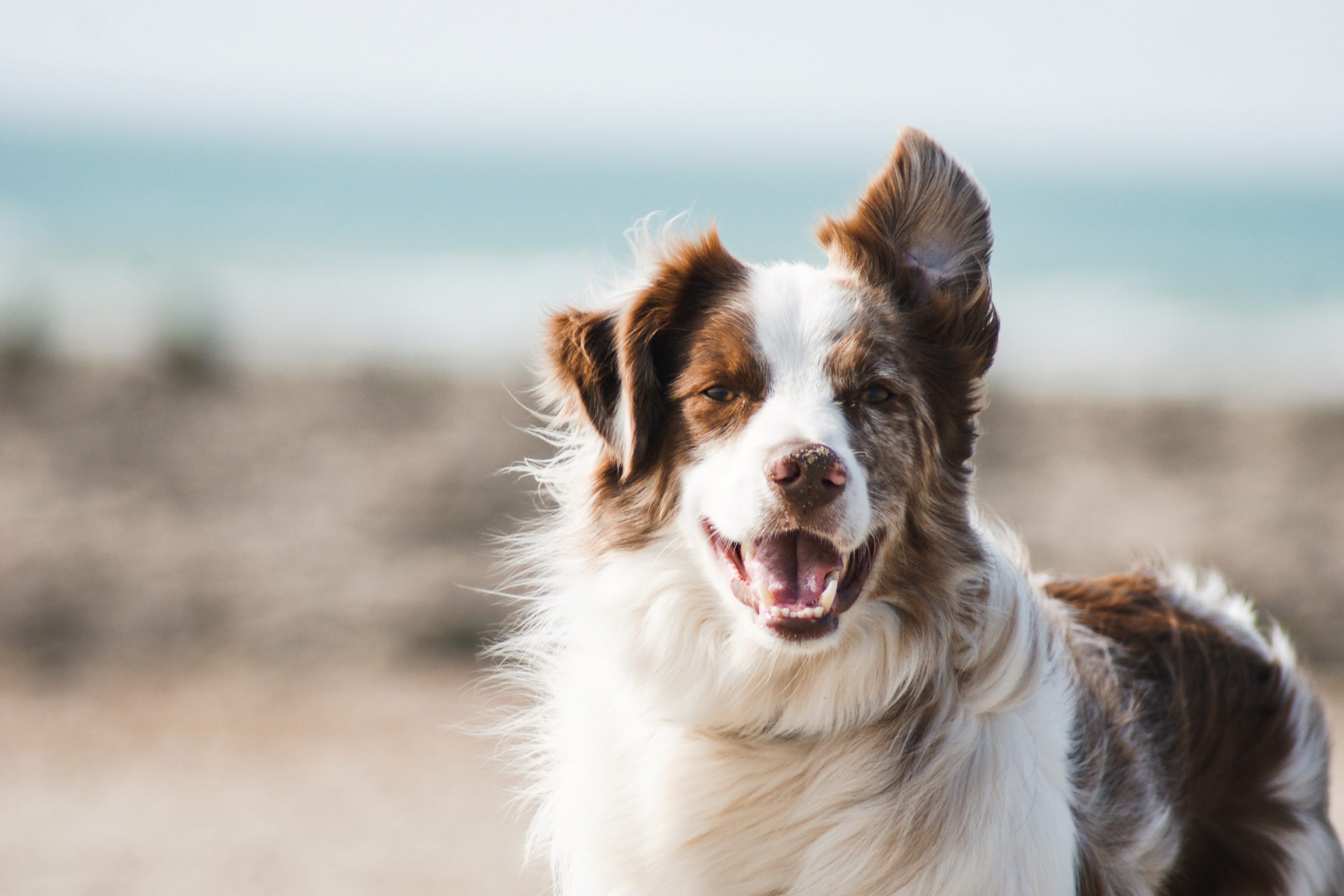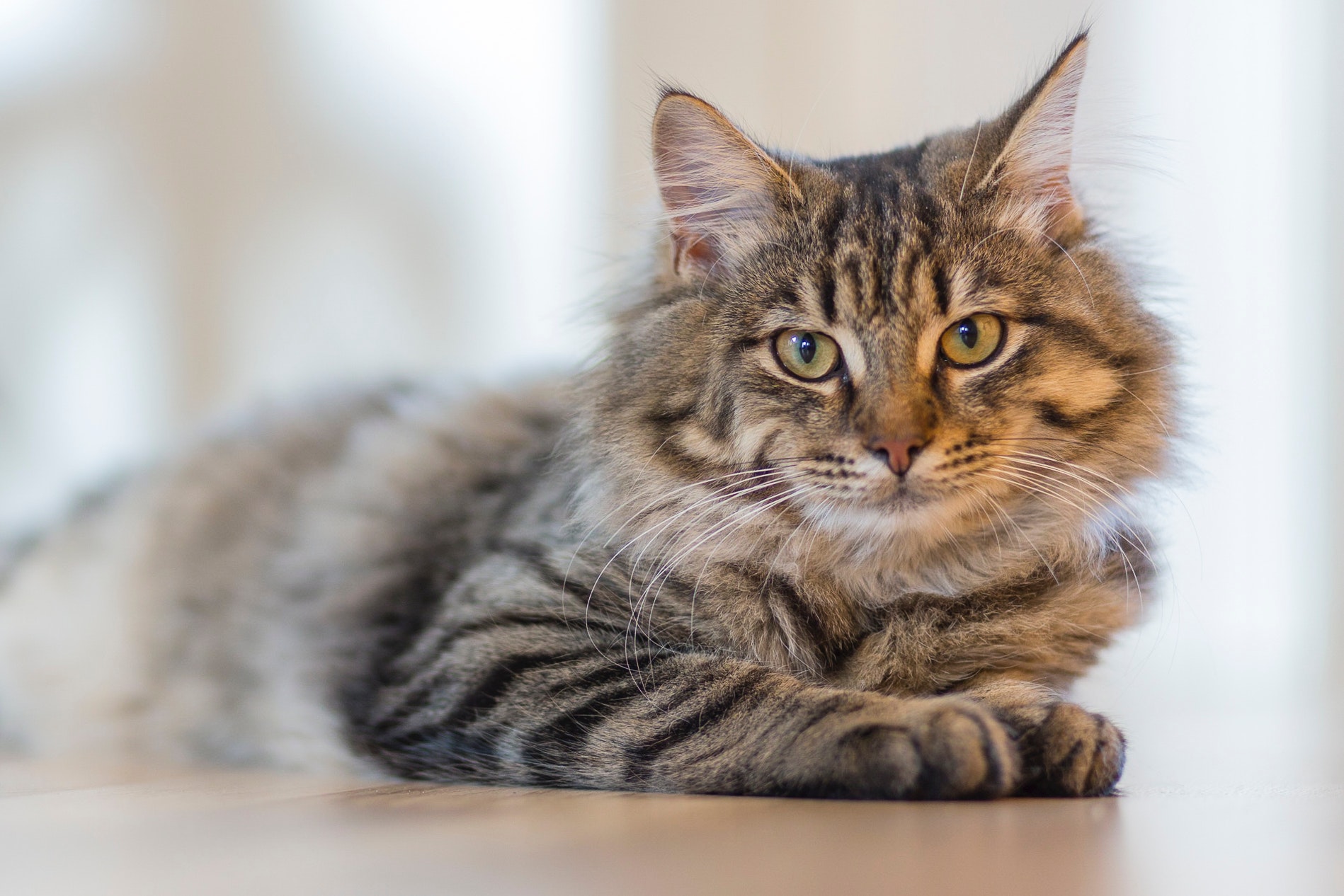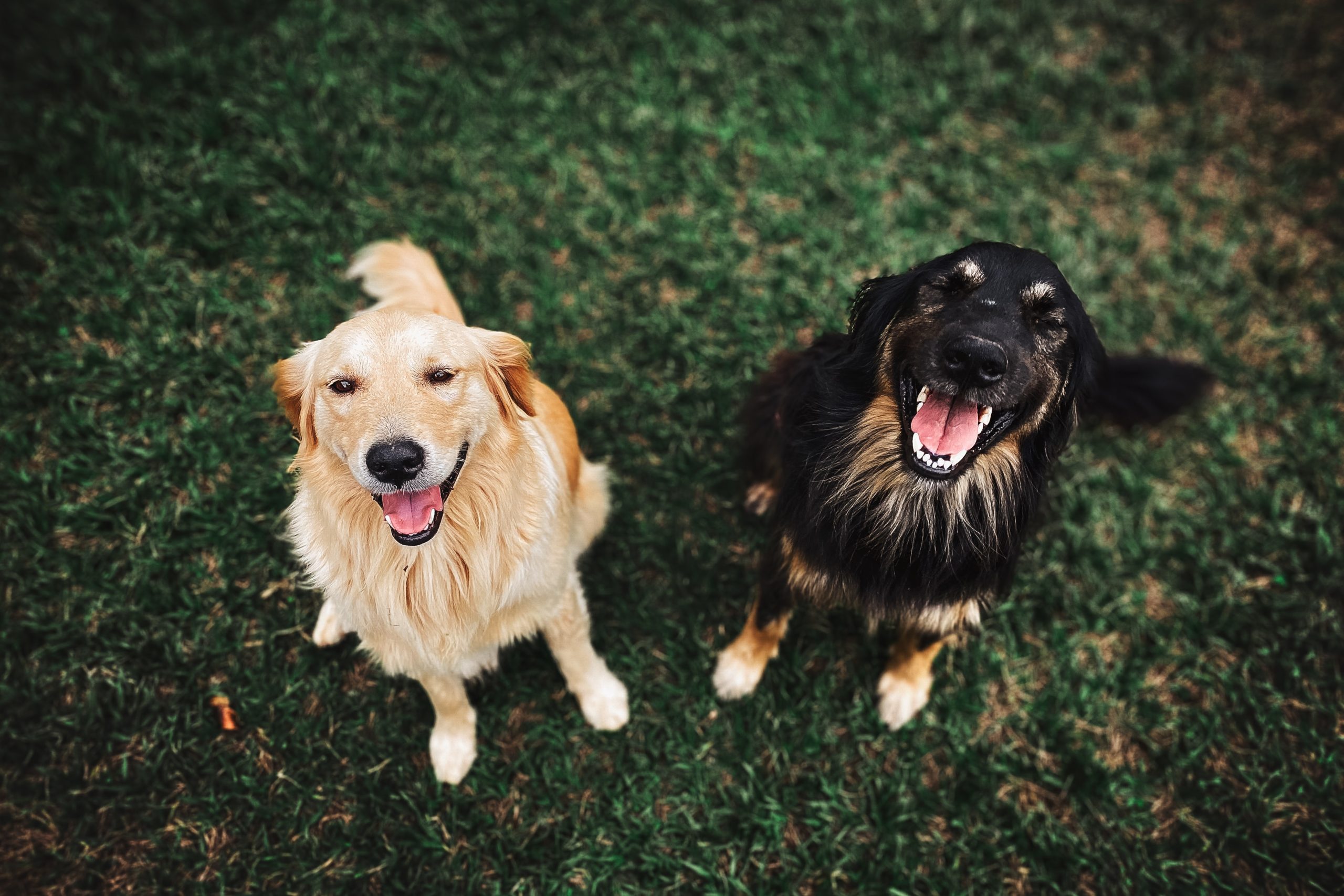Checking your dog’s ears, preferably once a week, is an important part of the grooming routine to prevent ear infections. Eye care is also important.
Signs of ear problems
When checking your dog’s ears, look for any reddening inside the ear, swellings on the ear flap or any discharges and unpleasant odours in the ear. A foul smell may simply indicate your dog’s ears need a good clean or there could be an ear infection, which needs to be ruled out by your vet.
Any ear problem will cause affected dogs to shake their heads and hang them to the side of the affected ear. If you suspect your dog has an ear problem seek veterinary help as soon as possible – there may be a foreign body present and ears can quickly become inflamed and painful. The eardrum may be damaged so don’t use any ear drops until your vet has looked down the ear with a special instrument called an otoscope.
Cleaning your dog’s ears
Ears can be simply cleaned by using an ear cleaning solution provided by your vet. Ear cleaners remove excess moisture, wax and debris from the outer ear canal. Only use products specifically for dogs and avoid medicated products unless advised by your vet.
- Hold up the ear flap and dribble a few drops of ear cleaner into the ear canal.
- Massage gently at the base of the ear (you will hear a squelching sound as you do so) to work in the solution. Use your forefinger and only clean as far as it will naturally reach to avoid hurting the eardrum. Stop if this appears to be painful to your pet and consult your vet.
- Repeat with the other ear.
- Use cotton wool to wipe away any excess solution, and to clean out any wax or debris.
Never use cotton buds or poke anything in to the ear as they can damage the sensitive lining of the ear canal or perforate the eardrum.
Ear mites
Ear mites can cause intense itchiness and head shaking. Using an otoscope, your vet will see tiny white moving creatures on the typical dark brown discharge that builds up inside the ear. If so, insecticidal ear drops will need to be prescribed and, as ear mites are highly contagious, all pets in the household will need to be treated. Massage gently at the base of the ear to distribute the drops throughout the ear canal and wipe away any excess with cotton wool.
Fly bites
Dogs with upright ears, such as German Shepherds, are particularly susceptible to fly bites on the tips of their ears. A fly repellent cream or spray applied twice a day can be helpful.
Ear infections
Dogs such as Spaniels, Beagles and Basset Hounds are prone to bacterial infections of the outer ear because their floppy ears prevent air circulation and drainage of any moisture in the ear canal. A vet will need to see your dog to ensure the correct medication is used and and advise you on the steps you need to take at home to keep the problem under control. Your vet will show you how to pluck any excess hair growing at the opening of the ear canal to improve ventilation, clean out any dirt and keep the ears dry.
Eye care
Wipe away any discharges that accumulate at the corner of your dog’s eyes with a damp cotton ball and you can carefully clip any excess long hair around the eyes. Products are available to help reduce discolouration under and around the eyes, especially in white-coated dogs.
If the eyes are weeping excessively you should contact your vet – this could be due to conjunctivitis, a serious ulcer, or abnormalities of the tear duct. If a foreign body such as a grass seed is present your dog may blink excessively and the lids will swell. Symptoms like these or any inflamed eye should be treated as an emergency to avoid serious complications and, at worst, loss of the eye.




